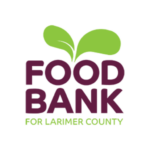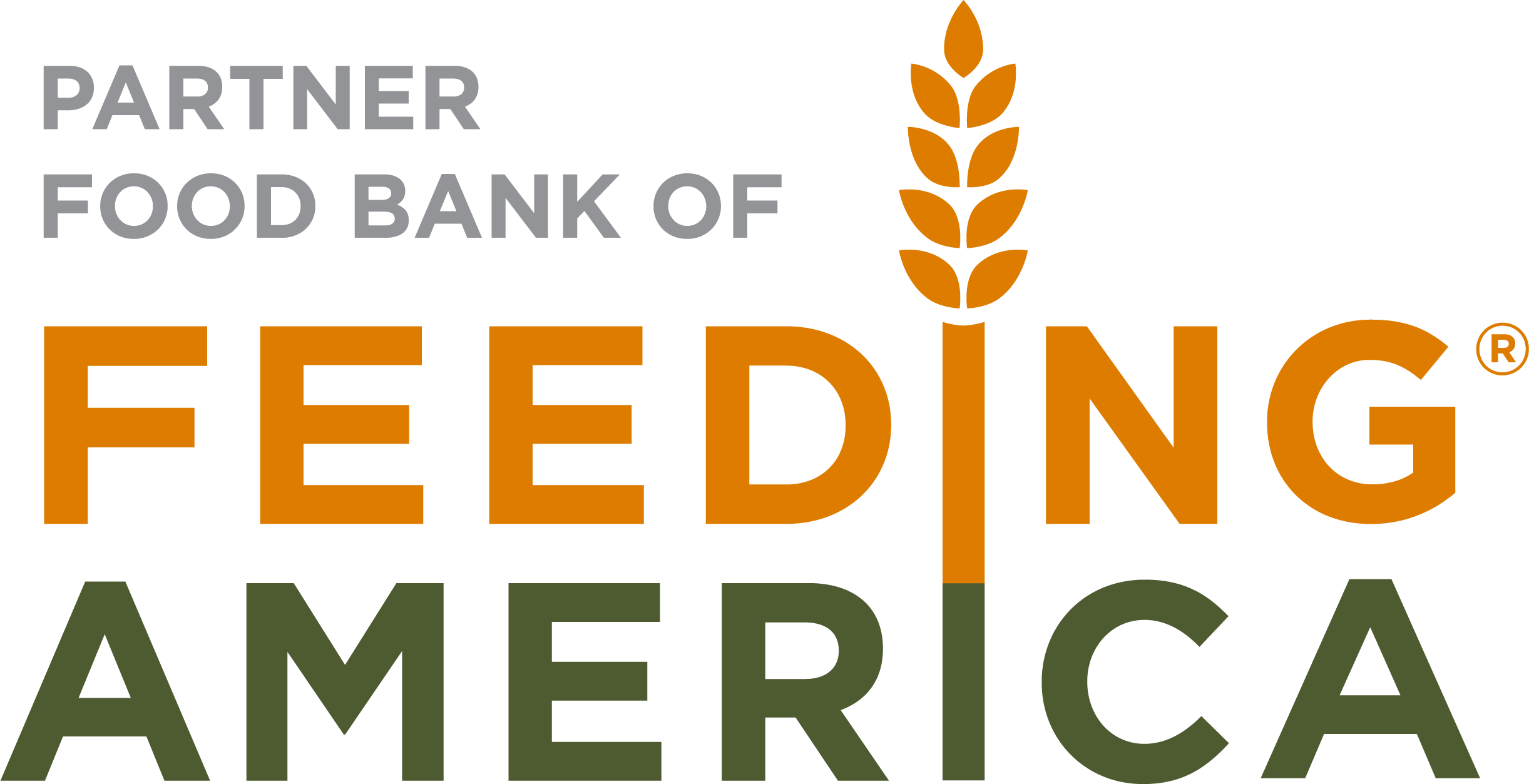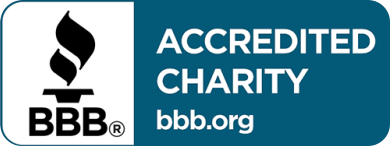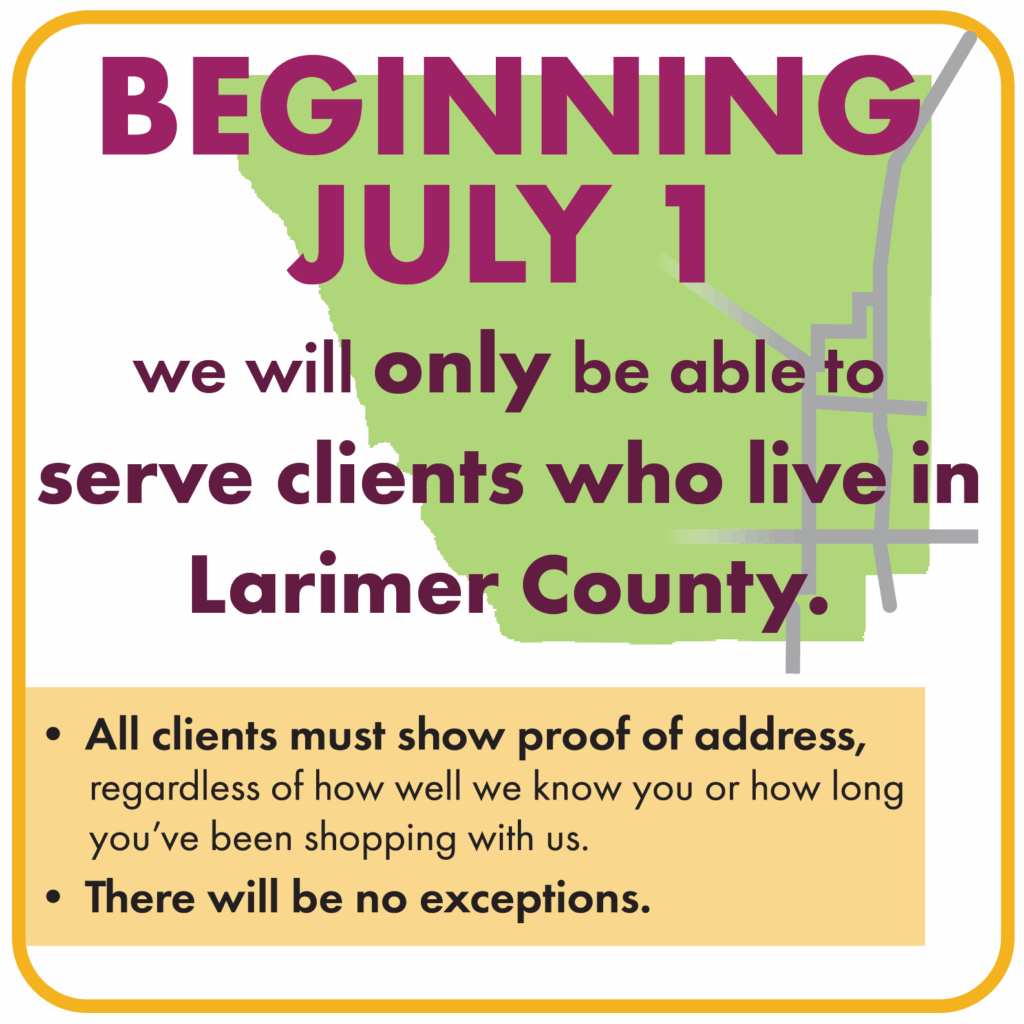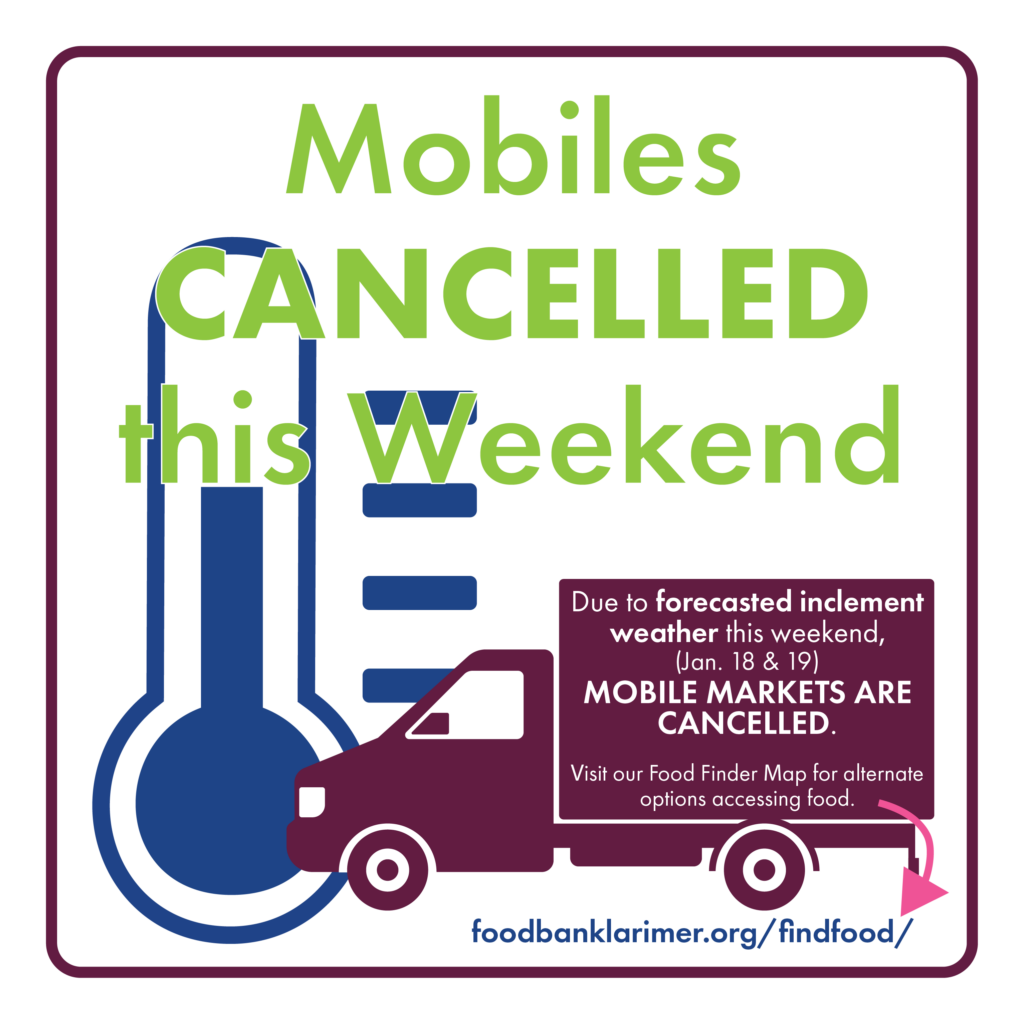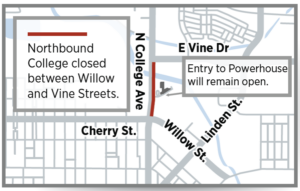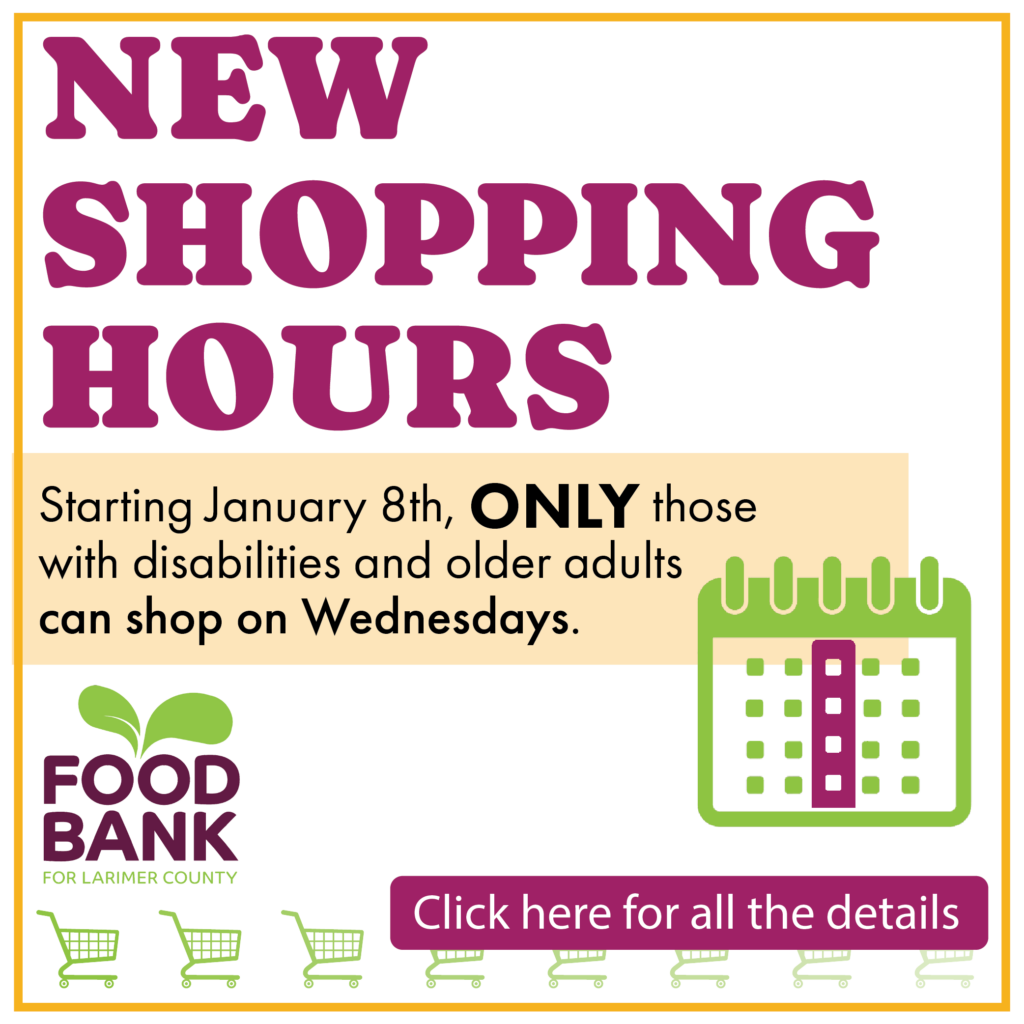The first time Ronda set foot in the Food Bank, she fought the urge to cry.
She was overwhelmed with the feeling that she “didn’t belong” and was taking resources from people who might need the food more.
Food Bank staff and volunteers often hear (or see) this concern when working in our no-cost markets. There is a pervasive stigma that only people who are starving or desperate should ask for help with food. This belief can lead those experiencing food insecurity to hesitate to use a Food Bank program. Worse, some never seek support.
With the link between good health and good nutrition being paramount, the Food Bank is working to ensure that everyone who needs food gets food. Part of this effort is an educational anti-stigma campaign to debunk the common misperceptions that surround the complexities of food insecurity. By fighting this stigma, the Food Bank hopes to empower anyone who needs food to feel comfortable using our no-cost markets and other community resources.
What is the link between nutrition and health?
Feeding America’s 2024 Food as Medicine report highlights the connection between good nutrition and good health.
“Food security and health are inextricably linked,” states the report. “Food insecurity impacts health across the lifespan and can lead to increased risk for chronic diseases like diabetes, obesity, hypertension, and heart disease.”
The Food Bank is a member of the Feeding America network — a legion of food banks working to fight hunger across America.
Feeding America conducted the Food as Medicine program in partnership with Elevance Health Foundation to measure food insecure individuals’ health after they were connected with food bank resources. This involved working with healthcare partners, who screened patients to determine if they were food insecure, and then connected those who needed help with one of the 21 participating food banks.
When a person doesn’t have access to the nutrients their body needs, it impacts their physical and mental well-being. As the report identifies, this can lead to chronic disease and subsequently increased health care costs. In fact, the report highlights that food insecurity is linked to “$77 billion in additional health care expenditures each year in the U.S.”
At the Food Bank for Larimer County, providing food that is nutritionally dense is a foundation of our hunger-relief programs. The Nutritious Kitchen follows nutritional guidelines when creating meals for seniors and children. The no-cost markets offer clients a variety of fresh produce and other choices so they can select the foods that best meet their nutritional needs. Further, the Food Bank is implementing a Healthy Eating Research Nutritional Guidelines system to categorize the nutritional value of the foods we collect and distribute.
Rounding out the resources, Cooking Matters classes are offered to teach people about how to create budget-friendly, healthy meals. A SNAP Outreach team also works to help people navigate the application process, and provides information about how to use benefits like Double Up Food Bucks to maximize purchase of local fruits and vegetables.
With the Food as Medicine surveys continuing through 2025, Feeding America food banks continue to work toward improving access to healthy food. An important part of decreasing food security barriers is debunking the stigmas that keep people from getting help.
Circling back to Ronda
Since that day when Ronda first stepped into the Food Bank, she hasn’t hesitated to use the no-cost market and share information about the resource with others. What made all the difference was a volunteer who pulled her aside when they saw that she was struggling during that first visit. She said they told her:
“You’re the people we serve. You’re part of the Loveland community. You shouldn’t feel ashamed.”
That day made Ronda reflect a lot on the stigmas that surround the issue of food insecurity. Through it all, she had the strength to reach out for resources.
“There should not be a stigma about using the Food Bank,” she said. “You’re part of the community, it’s a community resource and there might be a time in your life when you need to use the Food Bank and there might be times when you won’t need to use the Food Bank. But having it as a community resource is just so very important.”
As the Food Bank works to provide context, understanding, and compassion for what it means to be food insecure, we encourage the community to work alongside our staff to debunk stigma, share the link between food and health, and use our programs if you need them.
